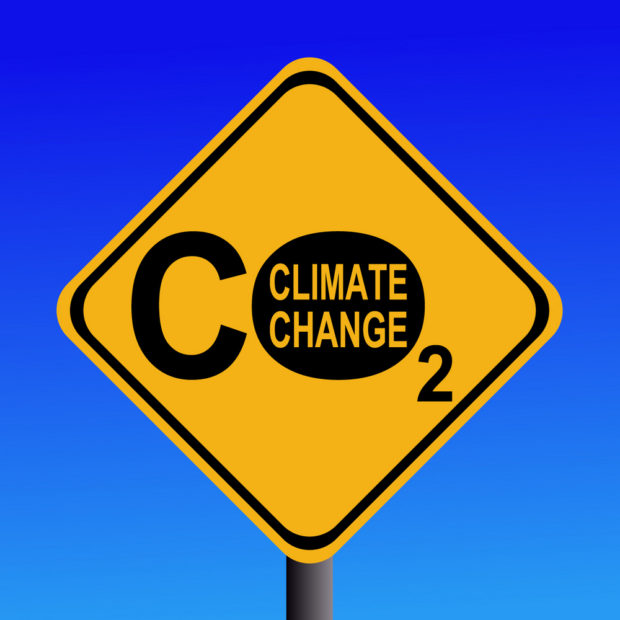


If you’re among those who regard “environmental, social and governance” as just another in a long line of trendy buzz-phrases, then you may want to rethink.
ESG standards, which companies use to highlight operations that interest socially conscious investors, will now be officially evaluated and measured by S&P Global Ratings.
The ratings giant on April 11 announced the roll out of its ESG Evaluation, describing it as “a new benchmark that provides a cross-sector, relative analysis of an entity’s capacity to operate successfully in the future.”
According to S&P, the ratings are based on how ESG factors could impact a company’s stakeholders and potentially lead to a material financial impact.
The ESG Evaluation is a separate product from credit ratings and will be conducted at the request of the companies themselves, according to Mike Ferguson, director of sustainable finance for S&P Global Ratings.
He said to expect the first of the evaluations to be released soon.
“There’s a lot of interest in this space to be sure,” Ferguson said.
Assets invested in line with ESG-related strategies reached $30 trillion last year, according to the Global Sustainable Investment Alliance. A recent study from BNP Paribas Securities Services shows 90 percent of respondents predicting that more than a quarter of their funds will be allocated towards ESG by 2021.
That interest may be driven by socially conscientious investors and consumers who are in part worried about climate change, what can be done about it and what global warming will do to the world’s business climate.
“The scientific consensus is the physical risks of climate change have grown over time,” Ferguson said.
He noted that the scientific community and others in recent years have amplified their calls for regulators to take more immediate action, thus creating more risk for companies that are, for example, heavily invested in fossil fuels. One group of climate change activists recently submitted a petition to California’s insurance commissionerurging him to place new regulations on insurers to disclose what projects in the fossil fuel industry they underwrite.
ESG Evaluation scores will rank from 1-100, with ratings holding the same weight despite the industry in which a company exists – a score of 88, for example, would mean the same for a copper miner in Chile, a utility in the U.S. or a financial institution in Japan.
The scores in part will be based on engagement with a company’s management team, according to Ferguson.
The evaluation is currently available for entities in the corporate, infrastructure and selected public finance sectors (transportation and power), and over the next few months S&P says it expects to roll out evaluations for banks, asset managers, multilateral institutions, public healthcare, water and sewer entities.
Next in line after those sectors are insurance, social housing, schools and education sectors, according to S&P.
Ferguson said insurance is a bit further down the line because of the large amounts of data to look at. S&P has to pore over the large, long-term investments insurers and reinsurers make, as well as the reams of underwriting data to examine.
“That exposure, if I was looking at a utility, would be very direct,” he explained. “It’s not as direct or as obvious when we’re looking at an insurance company, so it’s an indirect exposure.”
Along with the evaluation S&P Global Ratings launched its ESG Risk Atlas, an online infographic that charts exposure to environmental and social risk for more than 30 sectors. It also incorporates exposure to natural disasters, corporate governance standards and ESG-related regulations.
The Atlas comprises a Sector Risk and a Country Risk component. Sector Risk highlights the relative environmental and social exposures of a comprehensive range of business sectors, while Country Risk considers corporate governance standards, regulations, and exposure to natural disasters in various countries or regions.
Ferguson said the new ESG Evaluation will answer the needs of not just investors and society, but also the companies themselves.
“There has been a market change in the level of interest in ESG in the companies we evaluate,” he said. “It’s almost uniformly become important to management teams.”
*This “Climate Control” column ran previously in our sister publication Insurance Journal.